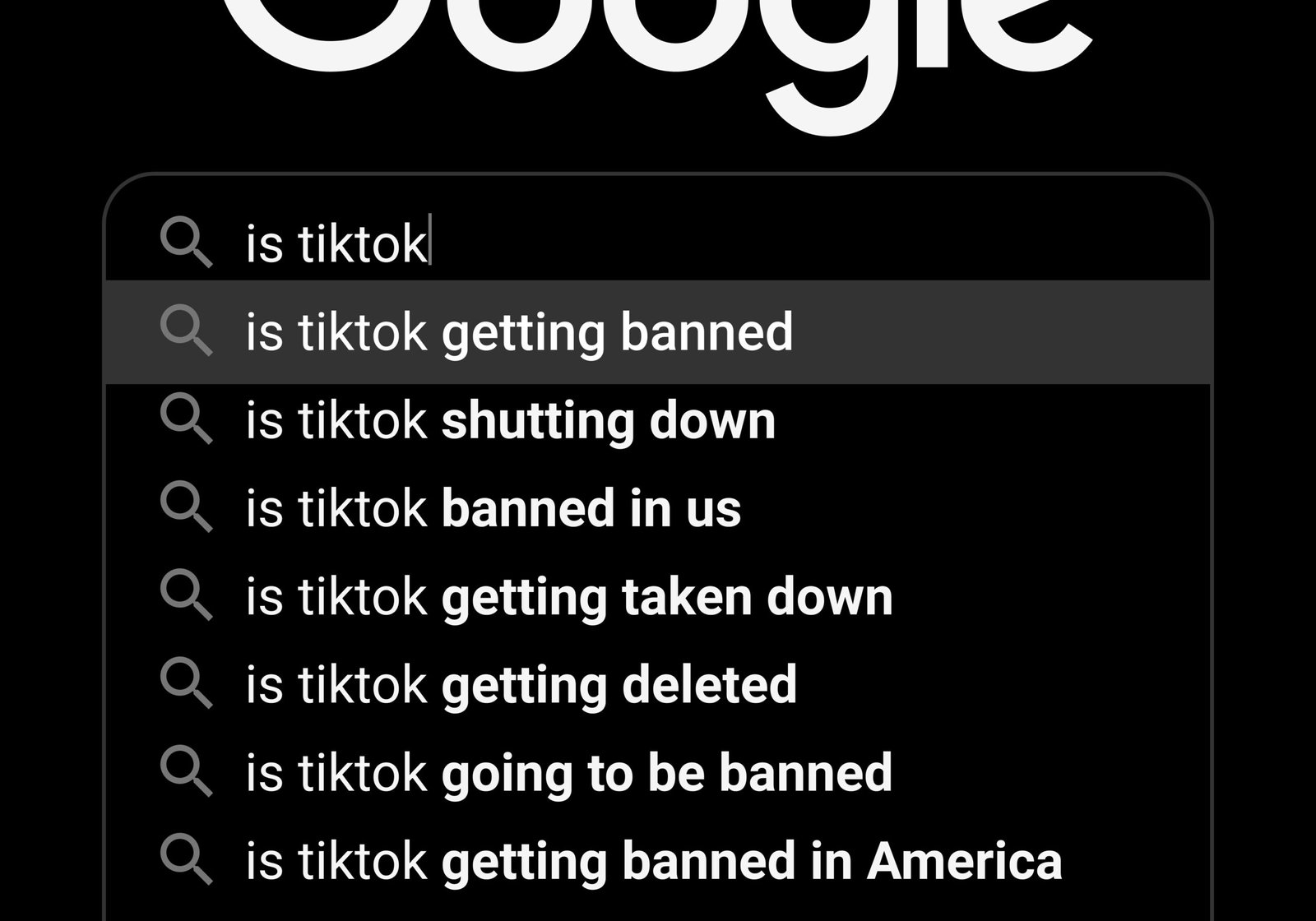Introduction to the Case
The recent court case involving a Connecticut man has brought to light the ongoing struggle with gang violence in urban areas. The individual, whose actions culminated in the murder of a rival gang member, was sentenced to 20 years in prison, a decision that reflects the judicial system’s attempt to address the increasing concerns surrounding gang activities and their violent repercussions. The crime, rooted in a longstanding feud between rival factions, serves as a stark reminder of the deadly consequences that can arise from gang affiliations.
Key events leading up to the trial reveal a complex narrative of loyalty, rivalry, and ultimately, a tragic loss of life. Reports indicate that the defendant had been involved in gang-related activities for several years prior to the incident. Tensions escalated between the two groups, culminating in a confrontation that resulted in the victim’s murder. Witness statements and evidence collected during the investigation presented a vivid picture of how gang culture can lead to violent outbreaks, illustrating a persistent cycle of retribution that often ensnares individuals in devastating outcomes.
The trial itself was marked by compelling testimonies that highlighted not only the defendant’s role in the crime but also the pervasive influence of gang dynamics on decision-making processes. The court considered various factors in issuing the sentence, including the nature of the crime and the impact on the victim’s family. By handing down a 20-year sentence, the court underscored its commitment to curbing gang violence and sending a message that such actions will not go unpunished. This case serves as a crucial entry point into a broader discussion about the societal impacts of gang affiliation and the legal system’s role in mitigating these challenges.
Background of the Convicted Individual
The individual at the center of this case hails from a challenging environment characterized by high levels of socio-economic instability and exposure to violence. Growing up in a neighborhood known for gang activity, he was inevitably influenced by the prevailing culture, which often glorified aggression and toughness as a means of survival. This context played a significant role in shaping his identity and social interactions, effectively driving him toward the allure of gang affiliation.
Before his conviction, the man had a documented history of criminal behavior, including previous arrests for minor offenses that escalated over time. His early encounters with law enforcement often resulted in short stints of detention, which seemingly only solidified his resolve to engage more deeply with gang culture. As he grew older, he became more entrenched in the local gang dynamic, earning a reputation that garnered both respect and fear. His involvement in gang-related activities not only contributed to his criminal record but also affected his personal relationships and opportunities for legitimate employment.
The Crime: Details of the Murder
In a disturbing incident reflecting the ongoing issue of gang violence, a Connecticut man was charged with the murder of a rival gang member. This crime, committed in a densely populated urban area, highlights the pervasive brutality that often accompanies gang-related disputes. Reports indicate that the motive behind the murder stemmed from ongoing tensions between opposing factions. This conflict escalated, culminating in a lethal confrontation that resulted in the death of the gang member.
On the evening of the incident, the victim was reportedly approached by the assailant in a public location. Surveillance footage played a crucial role in piecing together a timeline of events leading up to the tragedy. Eyewitnesses described a heated exchange before the crime unfolded, signaling a premeditated act fueled by animosity. The attacker utilized a firearm, which not only brought tragic consequences for the victim but also posed a significant threat to bystanders in the vicinity.
Immediately following the murder, the atmosphere in the area transformed dramatically. Emergency services were summoned, and attempts to revive the victim were made, but he succumbed to his injuries shortly thereafter. Law enforcement’s rapid response led to an increased police presence in the neighborhood as they sought to investigate the incident and apprehend the perpetrator. Community members were left in shock, grappling with the stark reality of gang violence that claimed another life.
This incident sheds light on the broader implications of gang dynamics within society, raising questions about the underlying issues that propel individuals toward such violence. The commitment of the criminal justice system to address these heinous acts is crucial in fostering safer communities and preventing future occurrences of gang-related crimes.
Law Enforcement’s Investigation and Evidence
The investigation into the murder of a Connecticut man unfolded through a combination of traditional investigative methods and modern technology, allowing law enforcement to build a compelling case against the defendant. Initially, officers conducted interviews with witnesses in the vicinity of the crime scene, gathering crucial accounts from individuals who claimed to have seen the suspect near the location around the time of the incident. These firsthand witness statements played an essential role in establishing a preliminary timeline that linked the convict to the crime.
Simultaneously, detectives analyzed the neighborhood for any available surveillance footage. They identified several cameras from nearby businesses, which captured significant movement around the time of the murder. The footage revealed an individual resembling the convicted man entering and exiting the area, adding a visual element to the testimonies collected. By closely analyzing the timestamps and correlating them with witness statements, law enforcement was able to reinforce their emerging profile of the suspect and his potential involvement in the murder.
Forensic evidence proved to be another critical aspect of the investigation. Investigators collected physical evidence from the crime scene, including traces of DNA and ballistic evidence that would ultimately be matched to the convicted individual. Through careful analysis, forensic experts were able to establish a direct connection between the suspect and the weapons used in the crime, further solidifying the case against him. The culmination of witness testimonies, surveillance footage, and forensic evidence thoroughly demonstrated the defendant’s role in the crime.
As the investigation progressed, law enforcement employed techniques like data analysis to track the suspect’s movements and communications. This comprehensive approach exemplified how law enforcement effectively linked the convicted man to the murder, utilizing all available resources to ensure justice was served.
Trial Proceedings: Key Moments and Testimonies
The trial proceedings for the Connecticut man convicted of murder encapsulated several pivotal moments that significantly influenced the jury’s verdict. Initially, the prosecution presented a compelling case, supported by substantial evidence linking the defendant to the crime scene. Key testimonies from eyewitnesses provided crucial insights into the events surrounding the murder, establishing a timeline that underscored the defendant’s involvement. For instance, one witness recounted seeing the defendant in the vicinity of the crime just moments before the shooting, bolstering the argument that he was a primary actor in this violent encounter.
The prosecution also introduced forensic evidence, including ballistics reports that matched the firearm recovered from the defendant’s residence to the shells found at the crime scene. This correlation played an essential role in affirming the prosecution’s assertion that the defendant was culpable. Additionally, the emotional impact of the victim’s family members who testified about the lasting repercussions of the crime was significant, humanizing the case and underscoring the gravity of the defendant’s actions.
Conversely, the defense mounted a vigorous argument contesting the prosecution’s narrative. Their strategy focused on discrediting eyewitness testimonies, suggesting that the witnesses were unreliable or had motives to misremember details. The defense also brought forward expert testimony regarding the potential for misidentification, proposing that the defendant was wrongfully implicated due to biases that often plague eyewitness accounts. This contention aimed to create reasonable doubt in the minds of the jurors.
Throughout the trial, the jury was tasked with sifting through conflicting testimonies and the weight of circumstantial versus concrete evidence. The interplay between the rigorous prosecution and the tenacious defense ultimately framed the narrative that led to the jury’s decision, highlighting the complexities inherent in such legal proceedings.
Impact of the Sentence on Local Gang Dynamics
The sentencing of a Connecticut man to 20 years for murder has profound implications for local gang dynamics. Such a lengthy prison term serves not only as a punishment for the individual but can also be perceived as a significant deterrent for other gang members. When gang leaders and members witness substantial sentences being handed down, it can foster a climate of fear concerning the consequences of violent actions. This mindset may prompt some members to reconsider their involvement in criminal activities, potentially leading to a decrease in gang violence.
Moreover, the repercussions of this sentence extend beyond individual deterrence. The removal of prominent gang figures, even for a substantial period, can disrupt established gang hierarchies and power structures. These upheavals may lead to changes in gang rivalries, as new or existing factions attempt to fill the void created by the absence of leadership. This shift could engender turf wars or alter existing alliances, exacerbating tensions within and among gangs. Consequently, community safety may become a concern, as rival gangs navigate these changes in their relationships.
Additionally, the case might encourage law enforcement agencies and local authorities to intensify efforts geared towards gang intervention and community outreach programs. By analyzing the dynamics that contribute to gang behavior and violence, effective strategies can be instituted to foster cooperation among community members, law enforcement, and social services. Educational initiatives may also become a priority, aiming to dissuade youth from joining gangs and promoting alternatives to violence.
Thus, while the individual sentencing might seem like a singular event, its implications ripple throughout the community, impacting both gang behavior and overall public safety. The long-term effectiveness of this sentence will ultimately depend on how gangs adapt to these changes and the environment they create in response to increased enforcement and intervention initiatives.
Community and Advocacy Group Reactions
The recent sentencing of a Connecticut man to 20 years for murder has elicited a diverse array of reactions from various stakeholders, highlighting the complex emotional landscape surrounding gang violence and its implications for the community. Community members expressed their relief that justice has been served, viewing the sentencing as a necessary step in addressing the pervasive issue of gang-related crime. Many believe that such legal actions can serve as a deterrent, potentially reducing the influence of gangs in their neighborhoods.
However, not all responses have been unequivocal. Family members of the victim spoke out about their profound loss, emphasizing the lifelong impact the incident will have on their lives. Their pain was palpable as they recounted memories of their loved one, underscoring the tragic consequences of gang violence transcending mere legal ramifications. They called for more comprehensive efforts to tackle the root causes of such violence, advocating for community programs aimed at prevention and intervention.
Victim advocacy groups have voiced their concerns regarding the adequacy of the sentencing. While they acknowledge that twenty years is a significant duration, they argue that it does not fully address the complex cycle of violence perpetuated by gang affiliations. These organizations emphasize the importance of integrating restorative justice approaches that prioritize healing for victims and their families, alongside punitive measures for offenders. They advocate for policies that not only punish but also work towards rehabilitating offenders, acknowledging that understanding the underlying factors leading to gang violence is crucial in curbing future incidents.
Furthermore, discussions among community leaders highlighted the need for collaborative efforts to foster dialogue and healing among all stakeholders involved. By coming together, community members, families, and advocacy groups can work towards both immediate justice and long-term solutions that mitigate the effects of gang violence on future generations.
Measures to Combat Gang Violence
In recent years, local authorities in Connecticut have intensified their efforts to combat gang violence through a multifaceted approach that includes prevention initiatives, community outreach programs, and enhanced collaboration with law enforcement agencies. Recognizing that gang involvement is often rooted in socio-economic factors, these initiatives aim to address the underlying causes that contribute to youth engagement in gangs.
One significant measure has been the establishment of prevention programs targeting at-risk youth. These programs provide mentorship, education, and job training opportunities that help individuals develop skills and forge positive relationships. By offering alternatives to gang affiliation, authorities aim to deter young people from engaging in gang-related activities. Schools and community centers often play a crucial role in delivering these programs, fostering a supportive environment where youth can feel safe and valued.
Community outreach efforts also play an essential role in combating gang violence. Local organizations often collaborate with law enforcement to host events that promote awareness and understanding of the risks associated with gang involvement. These outreach initiatives aim to cultivate trust between law enforcement and community members, making it easier for individuals to report gang-related activity without fear of retaliation. As a result, strengthened community-police relationships can lead to a more proactive approach to preventing gang violence.
Furthermore, strategic partnerships between law enforcement and local organizations enhance the overall effectiveness of initiatives aimed at reducing gang violence. Law enforcement agencies work closely with social services and community leaders to identify areas with high gang activity and implement targeted interventions. By leveraging shared resources and expertise, these collaborative efforts are instrumental in addressing the complexities surrounding gang violence.
Through a combination of prevention programs, community outreach, and collaborative strategies, Connecticut authorities are actively working to combat gang violence, contributing to a safer environment for all residents. These measures reflect a commitment to addressing not only the symptoms but also the root causes of gang involvement, ultimately promoting long-term social change.
Broader Societal Issues and Challenges
The sentencing of a Connecticut man to 20 years for murder illuminates the pervasive issue of gang violence, which poses significant challenges to communities nationwide. Gang violence is not an isolated phenomenon; rather, it is embedded within a complex social fabric that includes economic disparity, inadequate access to education, and a lack of supportive community structures. Addressing these issues requires a multifaceted approach that goes beyond punitive measures and involves systemic change aimed at reducing the conditions that foster criminal behavior.
One of the primary challenges in combating gang violence lies in the cycle of poverty and limited opportunities that many individuals face. Disenfranchised communities often lack access to quality education and employment opportunities, which can lead individuals, particularly youth, to join gangs as a means of survival or belonging. This cycle perpetuates a state of desperation, further entrenching communities in a cycle of violence and crime. Additionally, systemic issues such as racial and economic inequalities contribute to the marginalization of certain groups, making it crucial to consider these factors when discussing solutions.
Rehabilitation of former gang members is another critical aspect of addressing the broader societal challenges linked to gang violence. Initiatives that offer education, job training, and mental health support can help individuals reintegrate into society and reduce the risk of reoffending. Moreover, community-based programs that promote mentorship and provide resources for at-risk youth can play a pivotal role in breaking the cycle of gang involvement. Engaging former gang members in these initiatives creates a more authentic and persuasive narrative that can resonate with current gang affiliates, encouraging them to seek alternative pathways.
It is essential for policymakers, community leaders, and social institutions to collaborate in developing comprehensive strategies that address the root causes of gang violence. Only through sustained efforts to tackle these societal issues can communities hope to achieve long-lasting change and minimize the impact of gang-related activities on public safety.
Conclusion: The Impact on Criminal Justice Practices
The sentencing of a Connecticut man to 20 years for murder underscores significant implications for criminal justice practices, particularly concerning gang-related crimes. Such cases serve as critical touchpoints for examining the effectiveness and responsiveness of the justice system in addressing the ceaseless cycle of violence perpetrated by gangs. This particular case highlights the complex interplay between sentencing, deterrence, and the societal impact of gang affiliations. Criminal justice stakeholders must evaluate the existing legal frameworks to ensure they effectively curb gang activity and associated violence.
Lessons learned from this case may lead to refined legal strategies aimed at gang violence. It places emphasis on the need for comprehensive approaches that not only focus on punitive measures but also prioritize preventive strategies. For instance, law enforcement agencies might reassess their tactics, deploying resources in a manner that unmistakably communicates zero tolerance for gang-related homicides. Similarly, collaborations with community organizations can be enhanced to strengthen outreach programs that aim to address the root causes of gang involvement, thus improving the overall effectiveness of crime prevention efforts.
Moreover, the case could foster dialogue among legal practitioners and policymakers on the importance of gathering and utilizing data on gang-related offenses. Proper analysis can illuminate patterns in gang activity, leading to more informed decisions regarding the allocation of resources and the design of intervention programs. The interplay between community concerns and law enforcement strategies necessitates a multi-faceted approach to improve public safety and tackle the complex issue of gang violence.
In conclusion, the ramifications of this sentencing extend beyond the individual case, provoking a much-needed examination of criminal justice practices and their efficacy in combating gang-related crimes. The potential modifications to legal strategies and community responses derived from this case could lead to more substantive progress in mitigating gang violence and enhancing public safety in Connecticut and beyond.









